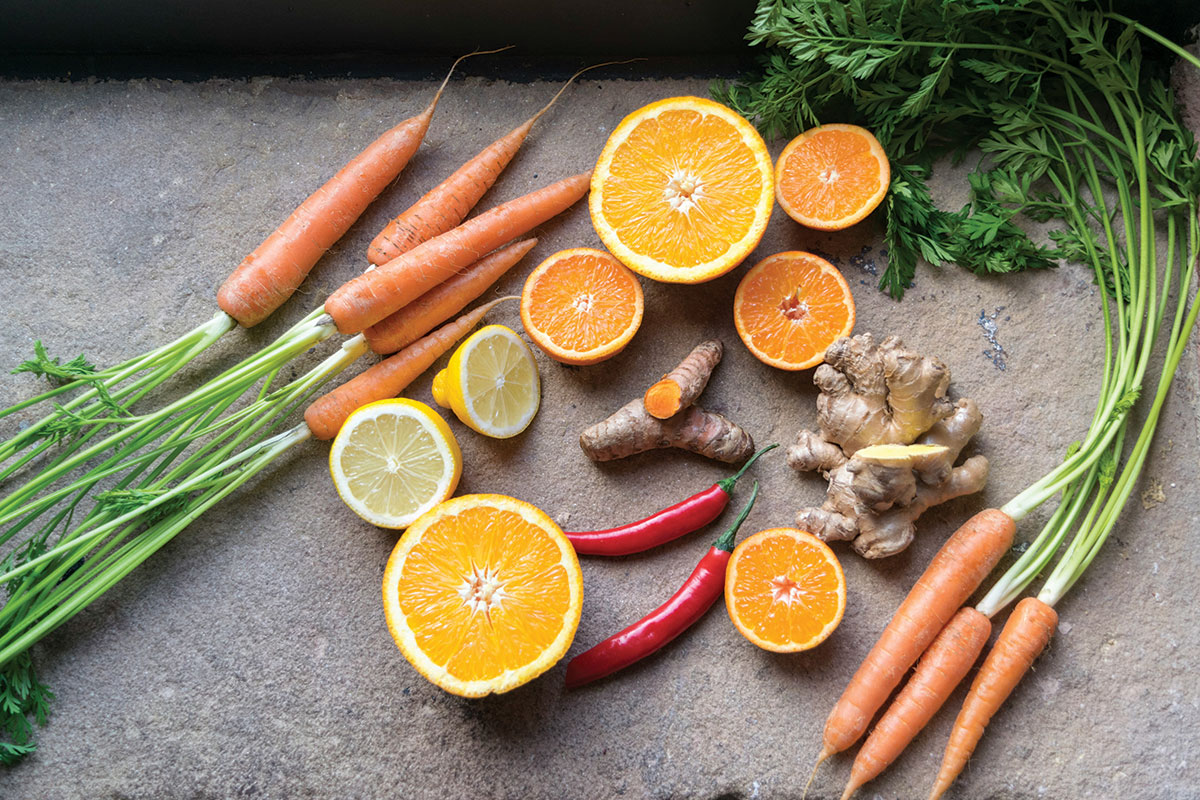 Wellness has taken on a deeper meaning, particularly in today’s world, where people are increasingly aware of their impact on the environment. It’s no longer solely about staying fit or eating well; it’s about making choices that nurture both personal health and the planet. This is where sustainable wellness comes into play, a lifestyle that merges wellbeing with environmental responsibility.
Wellness has taken on a deeper meaning, particularly in today’s world, where people are increasingly aware of their impact on the environment. It’s no longer solely about staying fit or eating well; it’s about making choices that nurture both personal health and the planet. This is where sustainable wellness comes into play, a lifestyle that merges wellbeing with environmental responsibility.
Sustainable wellness involves choosing products and practices that are beneficial to our bodies and kind to nature. This includes plant-based diets, clean beauty, ethical sourcing and eco-friendly packaging. From reusable fitness gear to skincare made with non-toxic, biodegradable ingredients, the focus is on conscious consumerism and supporting brands that prioritise transparency and sustainability.
 Why has this trend emerged? In recent last years, individuals have begun exploring wellness not just as a personal journey but as a cultural movement. Social media influencers, wellness experts and global reports like NielsenIQ’s Global State of Health & Wellness 2025, indicate that consumers, especially in Asia, are actively seeking to promote mental clarity, better sleep and sustainable living.
Why has this trend emerged? In recent last years, individuals have begun exploring wellness not just as a personal journey but as a cultural movement. Social media influencers, wellness experts and global reports like NielsenIQ’s Global State of Health & Wellness 2025, indicate that consumers, especially in Asia, are actively seeking to promote mental clarity, better sleep and sustainable living.
 Indonesia has numerous benefits in terms of sustainability. With its rich biodiversity and centuries-old herbal traditions, the country provides natural ingredients like turmeric, ginger, lemongrass and tamarind, ideal for those embracing sustainable wellness. From jamu drinks to herbal teas, these remedies support immunity, digestion and relaxation, all while celebrating local wisdom.
Indonesia has numerous benefits in terms of sustainability. With its rich biodiversity and centuries-old herbal traditions, the country provides natural ingredients like turmeric, ginger, lemongrass and tamarind, ideal for those embracing sustainable wellness. From jamu drinks to herbal teas, these remedies support immunity, digestion and relaxation, all while celebrating local wisdom.
In essence, sustainable wellness is about living well; mindfully, ethically and in harmony with nature. It’s a movement that benefits not only our bodies but also the world we share.
Asia Dreams Volume 56




















